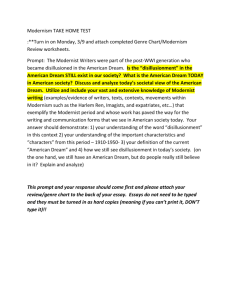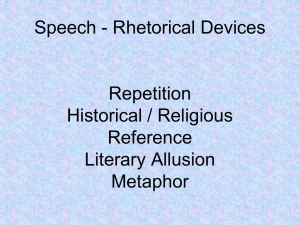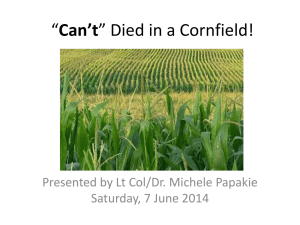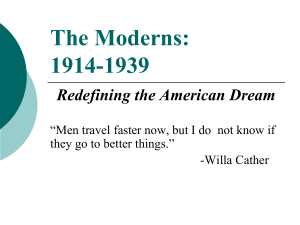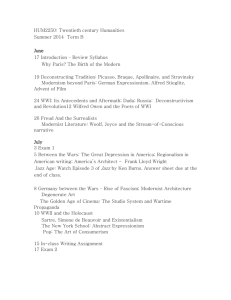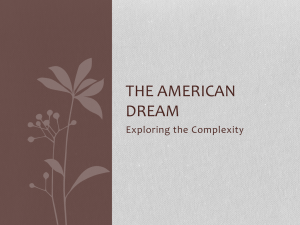A Collection of Pictures
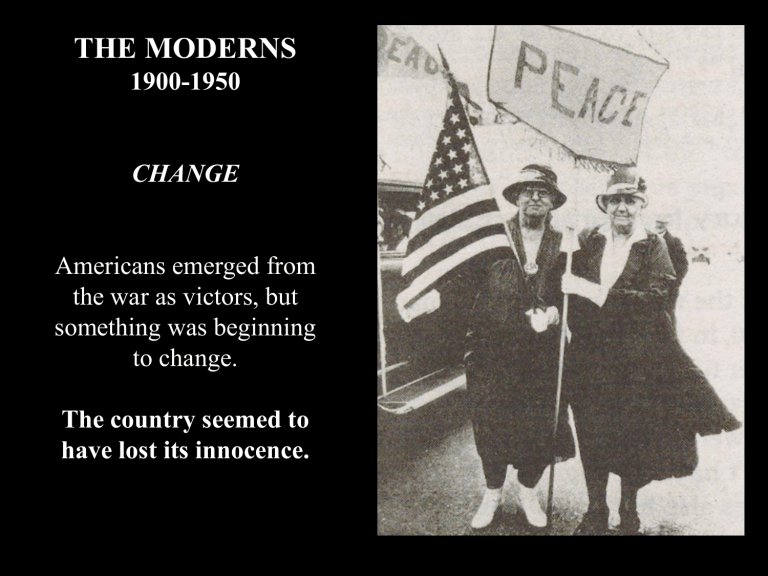
THE MODERNS
1900-1950
CHANGE
Americans emerged from the war as victors, but something was beginning to change.
The country seemed to have lost its innocence.
THE MODERNIST MOVEMENT
WWI was a turning point in American lives
Americans were disillusioned with traditions that seemed to have become spiritually empty
Creators of literature, paintings, music, and the other arts began to call for bold experimentation.
The First Wave of the Great Migration (1916-1919) - part I
"Around the time of WWI, many African-Americans from the South left home and traveled to cities in the North in search of a better life." © Jacob Lawrence
The Roaring Twenties
THE JAZZ AGE— (named by F. Scott Fitzgerald)
Flappers
Flappers
Flappers
The Jazz
Age
The Great Depression brought suffering to millions of
Americans—those hard working people that had put their faith in
America to provide for them.
Many saw the depression as punishment for their sins of loose living.
FDR and the New Deal programs tried to renew prosperity, but not until the industrial build-up of WWII did an economic resurgence occur.
ELEMENTS OF MODERNISM IN AMERICAN
LITERATURE
•Emphasis on bold experimentation in style and form—reflects the fragmentation of society
•Rejection of traditional themes and subjects.
•Sense of disillusionment and loss of faith in the American
Dream. (Modernists rejected Emerson’s optimism.)
•Rejection of the ideal of a hero as infallible in favor of a hero who is flawed and disillusioned but shows “grace under pressure” (Hemingway)
• Interest in the inner workings of the human mind. (Sometimes expressed through a new narrative technique such as stream of consciousness—William Faulkner)
THE AMERICAN DREAM:
Pursuit of
Promise
Three Central Ideas:
1) There is admiration for America as a new Eden
A “promised land” of beauty, bounty, unlimited resources and promises, and endless opportunities.
2) Americans have faith in progress, and we can optimistically expect life to keep getting better and better.
The American birthright is one of ever-expanding opportunity.
•Progress is a good thing.
•A belief that we are moving toward an era of prosperity, justice, and joy that always seems just around the corner.
3) The independent, self-reliant individual will triumph.
Americans have confidence in the ultimate triumph of the individual.
•Everything is possible for the person who places trust in his or her own powers and potential.
•Remember Emerson’s “Self-Reliance.”
A CRACK IN THE DREAM:
Breakdown of beliefs and traditions
World War I
Economic Crash
Both damaged the tenets of the
American Dream .
CONCLUSION
American modernist writers both echoed and challenged the
American Dream. They took on a broader voice than before causing a second American Renaissance. Even with these challenges, they continue to ask the fundamental questions about life and the purpose of human existence.
The Dust
Bowl
1929 Hudson Super Six
A combination of cut worms and heat destroyed the corn on this farm, 6 miles east of Appleton. 1936.
Courtesy: Minnesota Historical Society
Perhaps the most devastating weather driven event in American history, the drought of the 1920's and 1930's significantly impacted
Minnesota's economic, social, and natural landscapes. Abnormally dry and hot growing season weather throughout the better part of two decades turned Minnesota farm fields to dust and small lakes into muddy ponds. The parched soil was easily taken up by strong winds, often turning day into night. The drought peaked with the heat of the summer of 1936, setting many high temperature records that still stand today.
http://www.howstuffworks.com/dust-bowl-cause.htm/printable http://www.livinghistoryfarm.org/farminginthe30s/water_02.html

